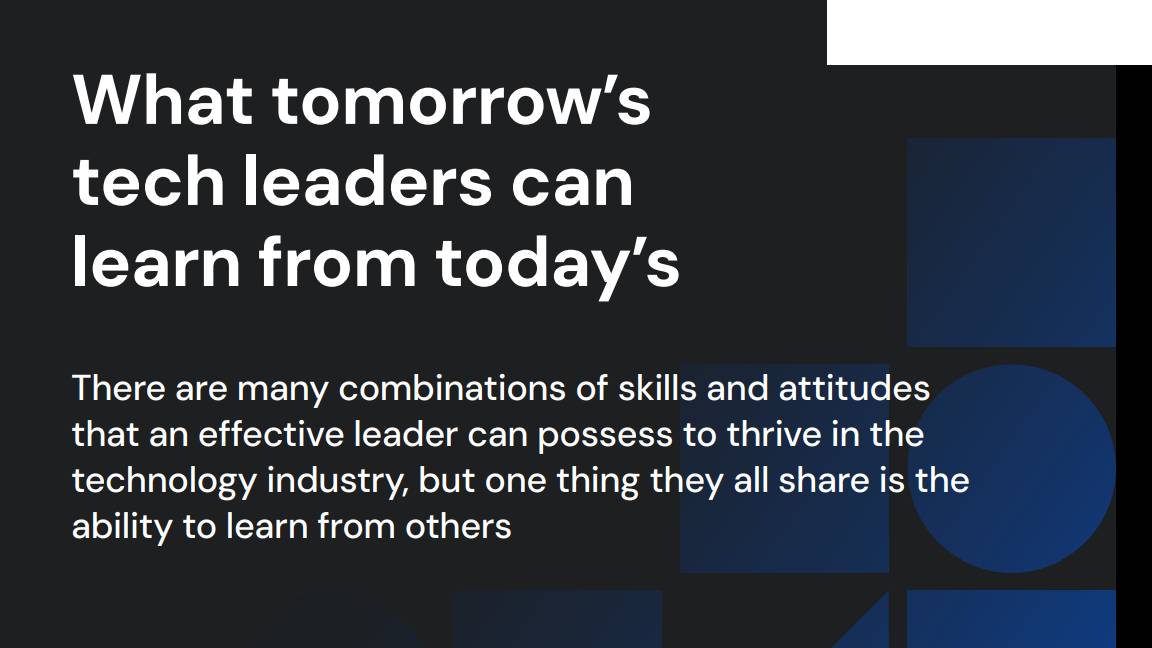Most in-house IT builds are doomed to fail – here’s why
New research indicates that DIY projects are a false economy


DIY can often turn out rather expensive – and this is certainly the case when it's an in-house IT build.
According to a survey of 2,000 IT and security decision-makers from Exclaimer, 71% of in-house IT builds fail to deliver on time or on budget, and are eventually abandoned.
In heavily regulated industries like manufacturing and finance, that figure rises to 83%.
The reasons for in-house builds vary from country to country, the study noted. UK teams are more likely to build in-house to meet compliance and data residency requirements, accounting for 33% of projects.
US teams, meanwhile, build primarily for integrations with legacy systems, at 28%.
Yet while nearly half of IT teams say they still prefer to build their own tools, only 8% of those projects are delivered on time and just 11% stay on budget. More than half take between 1.6 and two-times longer than planned and 46% of all in-house IT projects end up costing close to twice what the organization originally budgeted for.
Meanwhile, 63% of teams say they spend between 10 and 50 hours per month maintaining internal tools, and 66% require an extra $20,000 to $100,000 a year to keep them running.
Sign up today and you will receive a free copy of our Future Focus 2025 report - the leading guidance on AI, cybersecurity and other IT challenges as per 700+ senior executives
With 64% of organizations reporting security-related downtime and 31% citing compliance and data protection challenges as key barriers, researchers warned what starts as a cost-saving initiative can instead become a long-term liability.
“The data shows that while building in-house can feel like control, it often comes at the expense of time, security, and scalability," said Paul Hammond, chief product and technology officer at Exclaimer.
"At Exclaimer, we’ve seen how easily operational burden creeps in when IT teams are forced to maintain tools that were never meant to scale. This research helps organizations see the full picture, that true efficiency isn’t about owning every line of code, but freeing teams to focus on growth and innovation.”
Buying, not building, is the go-to for some IT leaders
IT leaders that choose to buy rather than build point to speed (30%), access to expertise (29%), and reliability (28%) as key drivers.
In the UK, regulatory pressure is pushing organizations towards specialist vendors for compliance and control at 33%. In contrast, US teams are focused on faster scalability and reduced maintenance.
“As organizations race to modernize and scale securely, we’re seeing that IT leaders recognize that buying from trusted partners delivers faster deployment, predictable performance, and built-in compliance without the constant drain of maintenance and patching," said Hammond.
"The research shows that these partnerships now represent trust, visibility, and control, backed by enterprise-grade governance and security. The question is therefore not whether IT teams can build, they must decide when they should."
Make sure to follow ITPro on Google News to keep tabs on all our latest news, analysis, and reviews.
MORE FROM ITPRO
Emma Woollacott is a freelance journalist writing for publications including the BBC, Private Eye, Forbes, Raconteur and specialist technology titles.
-
 Moving generative AI from proof of concept to production: a strategic guide for public sector success
Moving generative AI from proof of concept to production: a strategic guide for public sector successGenerative AI can transform the public sector but not without concrete plans for adoption and modernized infrastructure
-
 UK channel firms are ‘leading the way’ in AI networking readiness
UK channel firms are ‘leading the way’ in AI networking readinessNews Westcon-Comstor's latest research reveals that 43% of UK partners now offer AI-integrated network services as fresh opportunities beckon
-
 Heavy workloads and botched digital initiatives are causing ‘transformation fatigue’ – and enterprises risk losing top talent if they don’t change their ways
Heavy workloads and botched digital initiatives are causing ‘transformation fatigue’ – and enterprises risk losing top talent if they don’t change their waysNews Digital transformation “fatigue” is becoming a real problem as enterprises look to modernize at rapid pace
-
 UK firms are pouring money into AI, but they won’t see a return on investment unless they address these key issues
UK firms are pouring money into AI, but they won’t see a return on investment unless they address these key issuesNews An SAP report projects increased AI investment, but cautions that too many organizations are taking a fragmented approach
-
 Punishing workers for refusing to use AI is a terrible idea, but these CEOs did it anyway
Punishing workers for refusing to use AI is a terrible idea, but these CEOs did it anywayNews Justifying big money investment in AI projects has reached extreme levels in recent months, with some leaders even sacking employees who refuse to embrace the technology.
-
 Enterprises want to tackle technical debt, but they’re caught in a vicious ‘legacy dependency’ cycle – and it’s costing them customers
Enterprises want to tackle technical debt, but they’re caught in a vicious ‘legacy dependency’ cycle – and it’s costing them customersNews Balancing customer needs with technology demands is causing headaches for IT leaders
-
 The UK government hopes AI will supercharge public sector digital transformation – IT leaders aren’t so sure
The UK government hopes AI will supercharge public sector digital transformation – IT leaders aren’t so sureNews Research from SolarWinds shows public sector transformation is progressing at a snail's pace despite IT leaders pushing for rapid improvements.
-
 What tomorrow’s tech leaders can learn from today’s
What tomorrow’s tech leaders can learn from today’swhitepaper AI impacts all sectors and is transformative for business, but what is AI and how does it work?
-
 Five steps for implementing predictive AI successfully
Five steps for implementing predictive AI successfullywhitepaper Predictive AI has a role to play in the data-driven business, but it will only perform well if it is properly implemented
-
 NHS leaders are keen to adopt new digital tools, but IT can't solve problems on its own
NHS leaders are keen to adopt new digital tools, but IT can't solve problems on its ownA survey of healthcare decision-makers finds they believe IoT devices and electronic health recording could help them reach more patients quicker
